To have an indigo fabric with even color, durable and less fading over time is a manual process that requires the skill, meticulousness and hard work of women.
Every year around July and August, when indigo plants grow in clumps by the streams, women will go along the streams to collect indigo leaves, wash them, soak them for 3-4 days, then drain the water. The indigo water will be mixed with kitchen gio water (water flowing through the basket containing kitchen gio) at a certain ratio (2 indigo water to 1 gio water), stored in a jar. After mixing the dye water, each piece of white cloth is put into the jar and shaken evenly. The cloth is taken out, wrung out, and beaten so that the color penetrates deep into each fiber. This is the first step, the cloth does not need to be washed but dried immediately. From the second day, the cloth after being dyed and beaten will be washed and dried. This process takes place in 7 days, when the fabric has a beautiful color and does not fade when washed, it is completed.
It can be seen that indigo dyeing requires many steps, taking nearly two weeks to complete. Every year, women will only dye the fabric for two months. After dyeing the fabric, September and October are the idle farming months, and women in many generations of the family will gather around the fire, under the porch, chatting and sewing.
Each piece of indigo fabric will be cut, sewn, embroidered with patterns and motifs into familiar products that are indispensable in cultural and spiritual life such as Piêu scarves, belts, shirts, etc. Under the ingenuity, hard work and perseverance of women, the colorful and eye-catching patterns and motifs on the dark indigo fabric background become even more prominent, clearly depicting the long-standing cultural traditions and characteristics of the Thai Che Can ethnic group.











Source



![[Photo] Prime Minister Pham Minh Chinh chairs the Government's online conference with localities](https://vphoto.vietnam.vn/thumb/1200x675/vietnam/resource/IMAGE/2025/10/5/264793cfb4404c63a701d235ff43e1bd)



![[Photo] Prime Minister Pham Minh Chinh launched a peak emulation campaign to achieve achievements in celebration of the 14th National Party Congress](https://vphoto.vietnam.vn/thumb/1200x675/vietnam/resource/IMAGE/2025/10/5/8869ec5cdbc740f58fbf2ae73f065076)




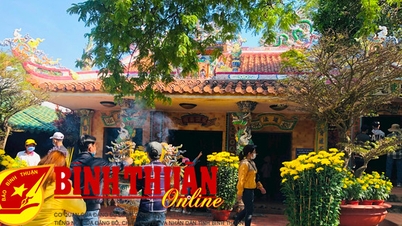

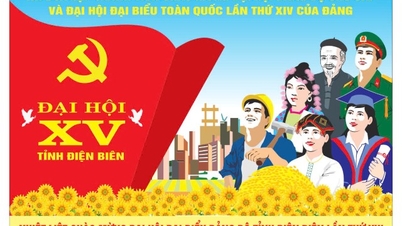
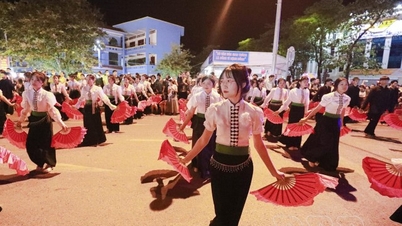


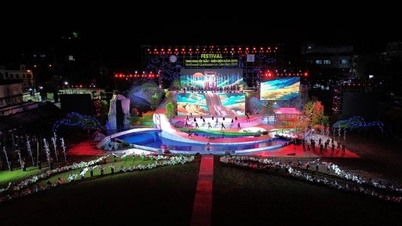





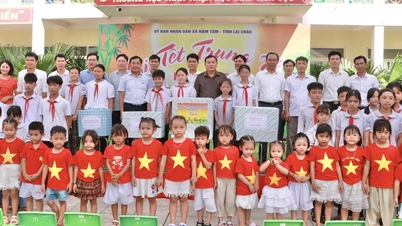
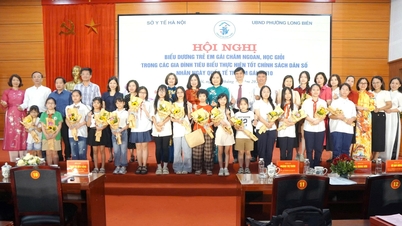
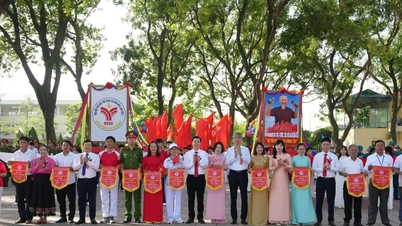
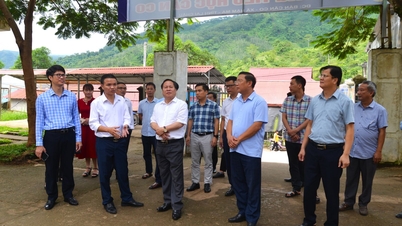
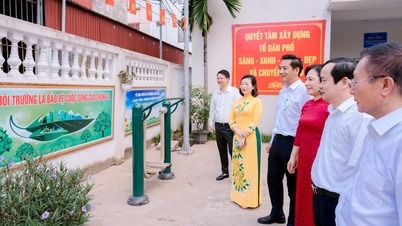
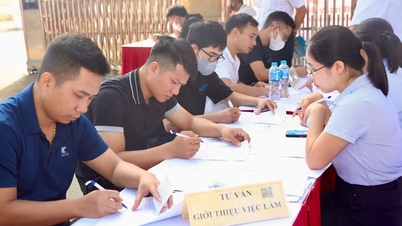


























![[VIDEO] Summary of Petrovietnam's 50th Anniversary Ceremony](https://vphoto.vietnam.vn/thumb/402x226/vietnam/resource/IMAGE/2025/10/4/abe133bdb8114793a16d4fe3e5bd0f12)

![[VIDEO] GENERAL SECRETARY TO LAM AWARDS PETROVIETNAM 8 GOLDEN WORDS: "PIONEER - EXCELLENT - SUSTAINABLE - GLOBAL"](https://vphoto.vietnam.vn/thumb/402x226/vietnam/resource/IMAGE/2025/7/23/c2fdb48863e846cfa9fb8e6ea9cf44e7)














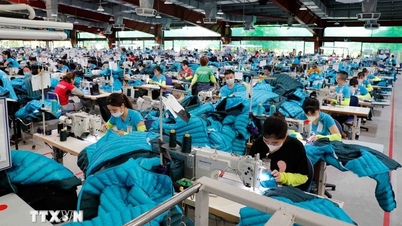

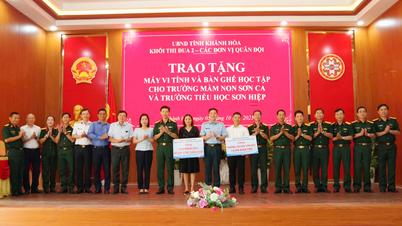



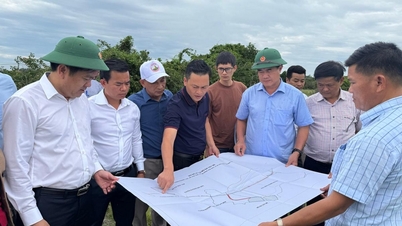

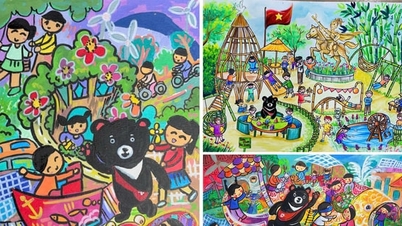

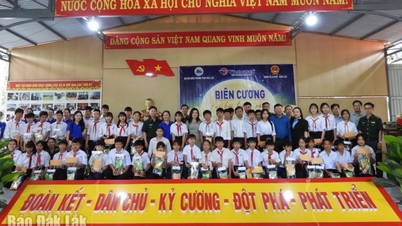












Comment (0)